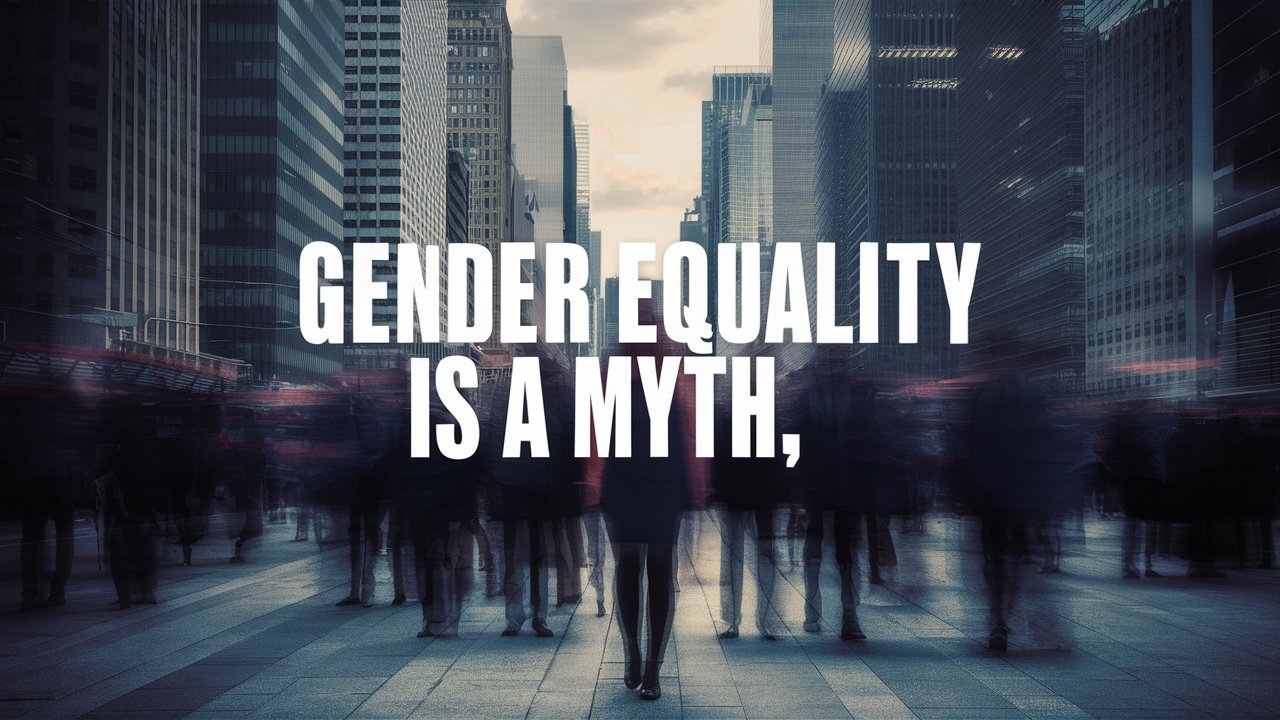7. Gender equality is a myth. 2016

myth.
Gender equality is a myth. 2016
Introduction:
Gender inequality is a persistent problem that has existed throughout history. Despite the progress made towards gender equality in recent years, it is still far from being achieved. In this essay, we will discuss the myth of gender equality and the challenges that women face in achieving it.
Body:
- The myth of gender equality
Gender equality is often portrayed as a utopian ideal, where men and women are treated equally in all aspects of life. However, this is far from the reality. Women face significant barriers in achieving equality, such as unequal pay, limited access to education and healthcare, and discrimination in the workplace. These barriers exist due to social and cultural norms that have been entrenched in society for centuries.
- Economic barriers to gender equality
Economic barriers are some of the most significant obstacles that women face in achieving gender equality. Women are often paid less than men for the same work and are less likely to be promoted to higher positions. This is due to gender-based discrimination, as well as societal expectations that women should prioritize family responsibilities over their careers. Women are also more likely to work in low-paying sectors, such as domestic work, which are undervalued and underpaid.
- Social and cultural barriers to gender equality
Social and cultural norms are another significant barrier to gender equality. Gender roles are often rigidly defined, with women expected to take on domestic responsibilities, while men are expected to be the breadwinners. These norms can limit women’s access to education and employment opportunities, as well as their ability to participate in political and public life. Discrimination and violence against women are also prevalent, perpetuated by societal attitudes that justify and excuse such behavior.
- Political barriers to gender equality
Political participation is essential for achieving gender equality, as it enables women to have a voice in decision-making processes that affect their lives. However, women are often underrepresented in political positions, both at the national and local levels. This is due to discriminatory laws and policies, as well as cultural attitudes that view women as unfit for leadership roles. Women’s participation in politics is also hindered by violence and harassment, which can discourage them from entering public life.
- Strategies for achieving gender equality
Achieving gender equality requires a comprehensive approach that addresses the economic, social, cultural, and political barriers that women face. This includes implementing policies that promote equal pay, parental leave, and flexible work arrangements. Education and awareness-raising campaigns can also challenge social and cultural norms that limit women’s opportunities. Political representation of women must be increased, with policies that support women’s leadership roles and protect them from violence and harassment.
- Conclusion
In conclusion, the myth of gender equality must be challenged to achieve meaningful progress towards gender equality. Women face significant barriers in achieving equality, including economic, social, cultural, and political barriers. A comprehensive approach is necessary to address these barriers, including policies that promote equal pay, parental leave, and flexible work arrangements. Education and awareness-raising campaigns can also challenge social and cultural norms that limit women’s opportunities, and political representation of women must be increased. Only then can we achieve true gender equality and create a more just and equitable society for all.
visit: https://techinsightguru.com/